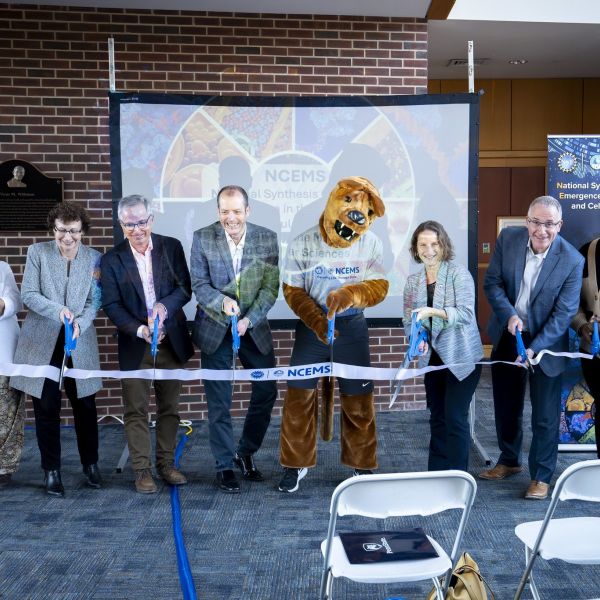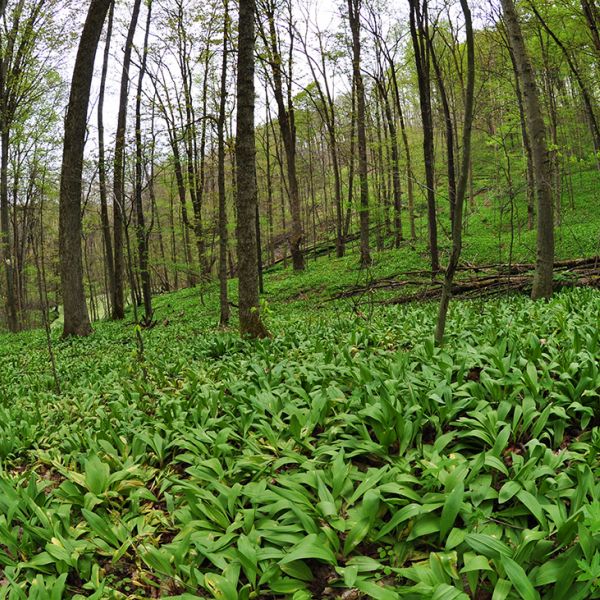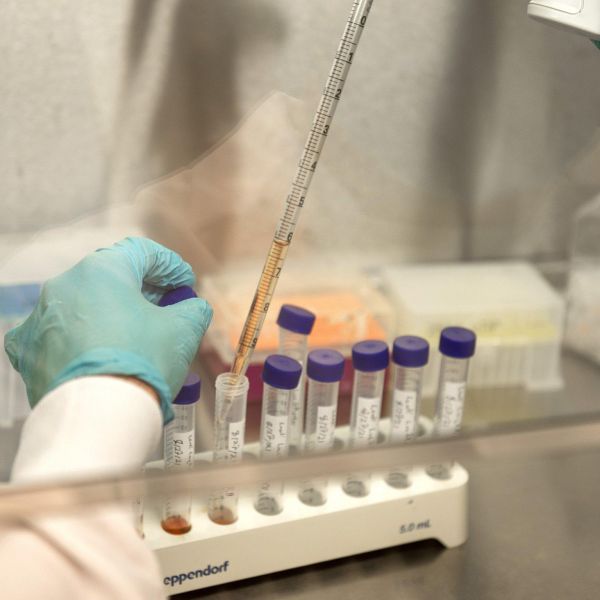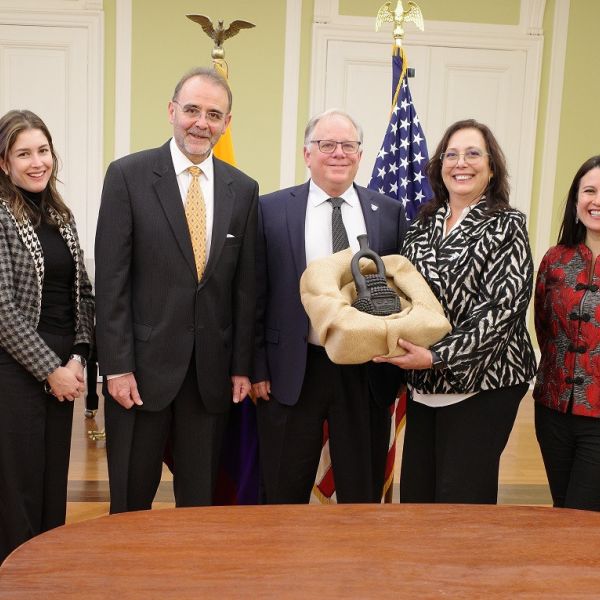News

Dec 02, 2024
Q&A: Penn State COP16 delegation contributes to biodiversity efforts
A delegation of Penn State faculty and graduate students attended the 2024 United Nations Biodiversity Conference (COP16) in Cali, Colombia.
Full Article

Nov 27, 2024
Heard on Campus: Launch of new center in molecular and cellular sciences, NCEMS
Reception celebrates new NSF-funded National Synthesis Center for Emergence in the Molecular and Cellular Sciences at Penn State.
Full Article

Nov 26, 2024
Better habitats for forest farming wild leeks could help future foraging demands
An interdisciplinary Penn State research team characterized ramp habitat for the first time in Pennsylvania, offering guidance for the agroforestry practice known as forest farming.
Full Article

Nov 26, 2024
Researchers to study how to make carbon-storing product safer, more sustainable
Funded by a USDA grant, an international team led by Penn State researchers aims to mitigate toxic organic compounds produced in manufacturing of the biomaterial known as biochar.
Full Article

Nov 26, 2024
$2.6M grant to advance potential stem cell-based heart disease treatment
Combining stem cells and silicon nanowires in lab-grown tissue has shown promise as a step toward a new treatment for heart disease, the leading cause of death worldwide, according to a multi-institutional research team.
Full Article

Nov 25, 2024
Tick tubes help reduce the parasites on mice, but time and frequency matters
A new study led by researchers at Penn State analyzed the effectiveness of a simple, inexpensive strategy for controlling ticks that homeowners can use in their backyards.
Full Article

Nov 22, 2024
Penn State receives replica of historic ceramic vessel from Ecuador government
In recognition of Penn State’s impactful contributions to cacao and chocolate research, the government of Ecuador presented the University and its College of Agricultural Sciences with a replica of an ancient ceramic vessel.
Full Article

Nov 22, 2024
Q&A: How does ‘collective intelligence’ emerge among tiny robots?
Researcher awarded $1.05M to study the emergence of collective intelligence among simple microrobots.
Full Article

Nov 22, 2024
Alternate stream water-testing method detects emerging contaminants
In a study on central Pennsylvania streams, a new way of analyzing water quality reveals chemicals from pesticides, pharmaceuticals and personal care products.
Full Article

Nov 20, 2024
With the new year, establish new healthy habits with Volumetrics series
Anyone interested in managing weight while eating satisfying and nutritious foods can learn about a science-based way to accomplish those goals by attending a six-part Penn State Extension series, “The Volumetrics Weigh of Life: Weight Management Plan.”
Full Article